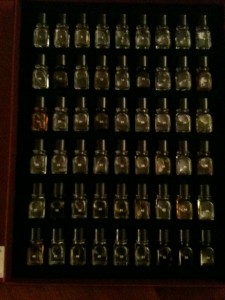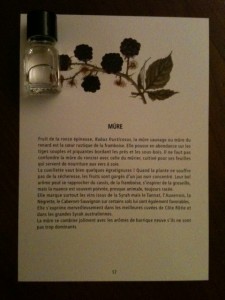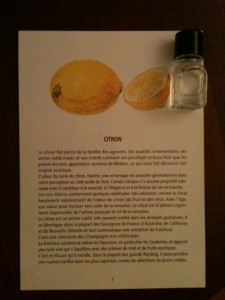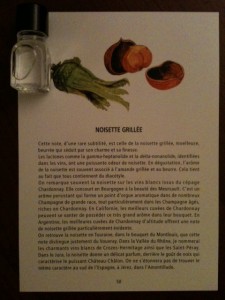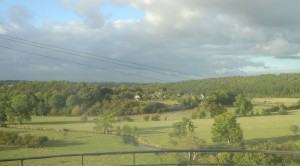
When Relationnel and I first met 16 years ago, he had a wonderful cellar but no one to share it with. Although I hadn’t done any serious wine tasting, I loved good wine. So I was delighted to help him taste some of the bottles he’d been keeping in reserve. I can still remember the taste of a wonderful bottle of Château le Bonnat 1988 that we sipped on a terrace with a bucolic view of the Norman countryside in front of a plate of oysters.
So when I was asked by a colleague at university to be part of the adjudication committee for a terminological dissertation on wine tasting, I didn’t hesitate. When the defence was finished and we’d given our mark, the student, who had studied to be a sommelier, gave us a mini tasting. What a revelation! When I got home, I told Relationnel that I wanted to go to wine tasting classes. “No problem”, he said, “we can join the oenological circle at work”.
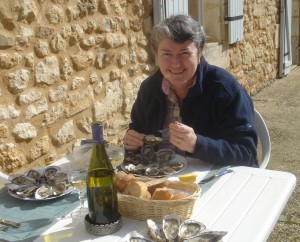
Now why hadn’t he mentioned that earlier? So off we went and that was the beginning of a wonderful adventure into the realm of wine growing and wine tasting. We gradually learnt what to look for when tasting a new wine, helped along by the “Nez du Vin”, a collection of tiny bottles containing different “noses” which I have described in a previous post.
Our holidays from then on usually revolved around wine. We’d choose a region, find a gîte to stay in for a week or so and armed with the independant wine growers’ guide Gilbert et Gaillard, visit a couple of cellars a day. Depending on the time of year, we’d spend the rest of the time hiking, visiting, cycling or sipping wine in front of a log fire. Our first wine holiday was in Bordeaux in 1999 and we came back with the boot of the car chock-a-block, the prize possession being a 1964 bordeaux supérieur that cost us 50 francs. We certainly regretted not buying a couple of dozen but we weren’t sure how it would travel.
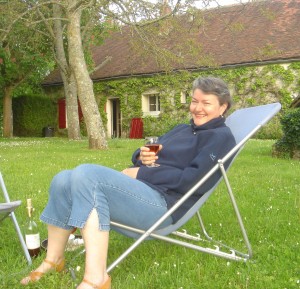
I don’t remember the order of our visits, but we once had two unforgettable weeks in Alsace during harvest time. We’ve tasted wine in several parts of Burgundy and the Loire Valley, as well as Sancerre, Beaujolais, Cahors, Minervois, Bergerac, Gaillac, Jurançon and Nîmes. We’ve also toured vineyards in Italy and Luxembourg, not to mention the Hunter Valley and Orange in Australia where I came across an old school friend from Townsville running a vineyard with her husband! We’ve tasted wines in Switzerland, Germany, Croatia, Slovenia and even Egypt!
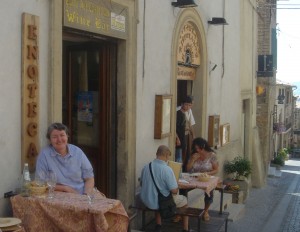 As time passed, our cellar became overstocked and our wine consumption dropped, particularly when I decided that I needed to lose weight, so our holidays are much less focussed on wine these days. However, now that we’ve bought a house in the Loire, we feel we should get to know the local wines better. And to start off, I went to a wine tasting yesterday in Blois at Vinomania with fellow blogger Femme Francophile, based on the connection between the history of the Loire Valley and the local wines.
As time passed, our cellar became overstocked and our wine consumption dropped, particularly when I decided that I needed to lose weight, so our holidays are much less focussed on wine these days. However, now that we’ve bought a house in the Loire, we feel we should get to know the local wines better. And to start off, I went to a wine tasting yesterday in Blois at Vinomania with fellow blogger Femme Francophile, based on the connection between the history of the Loire Valley and the local wines.
I could honestly say it’s the best wine tasting I’ve ever had. More tomorrow!




